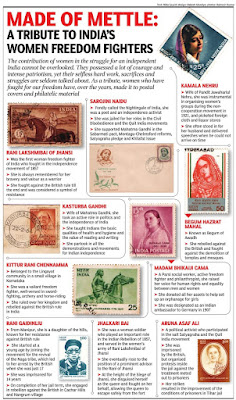The Woodstock Festival of 1969 stands as an enduring symbol of the counterculture movement and the power of music to unite and inspire. Held from August 15 to 17 on a farm in Bethel, New York, Woodstock drew a staggering crowd of around 400,000 attendees.
Organized by a group of young entrepreneurs, Woodstock aimed to celebrate peace, love, and music in a world marked by social upheaval. The lineup featured iconic artists like Jimi Hendrix, Janis Joplin, The Who, and more, representing a diverse range of musical genres.
Despite logistical challenges and adverse weather, Woodstock became a legendary event marked by its communal spirit and a sense of shared purpose. Attendees braved rain and mud, forming a temporary community grounded in a rejection of mainstream norms.
The festival's legacy extends beyond its musical performances. Woodstock became a cultural touchstone, embodying the era's spirit of rebellion and activism. It left an indelible mark on art, fashion, and social attitudes, symbolizing the quest for a better world.
Woodstock's impact continues to resonate, serving as a reminder of the potential for unity and change through the universal language of music. Its enduring legacy celebrates the human capacity to come together, transcending differences in pursuit of a shared dream.
















